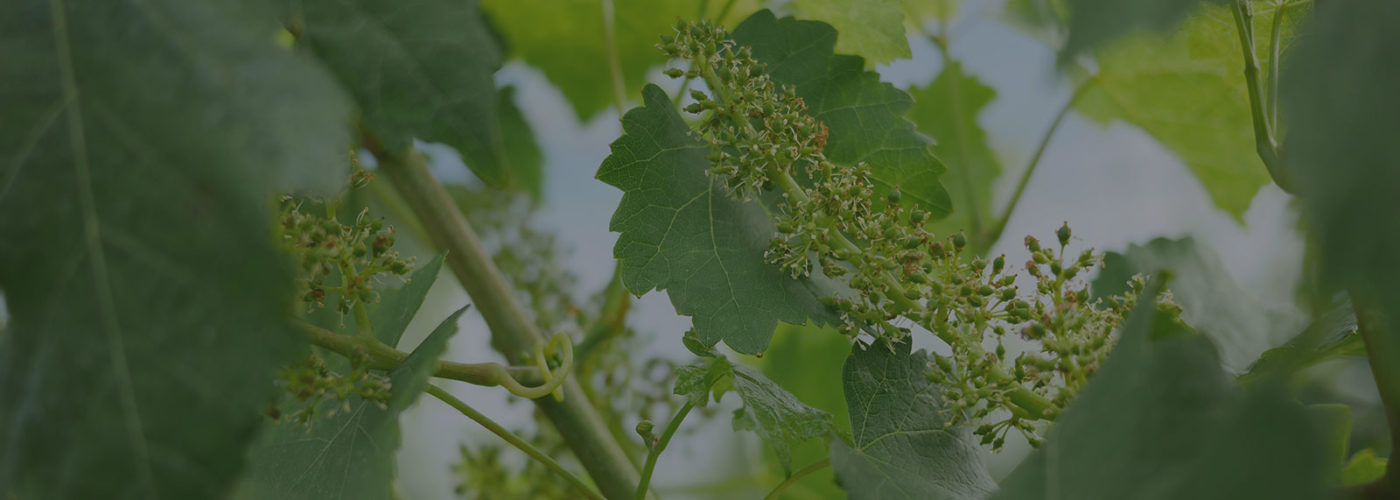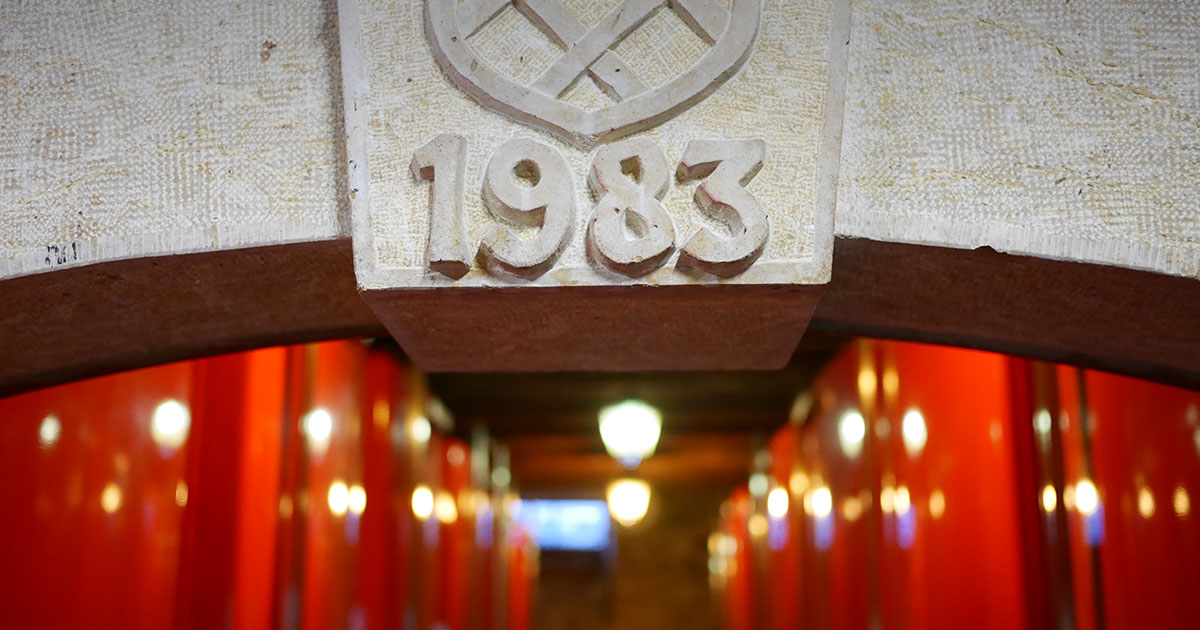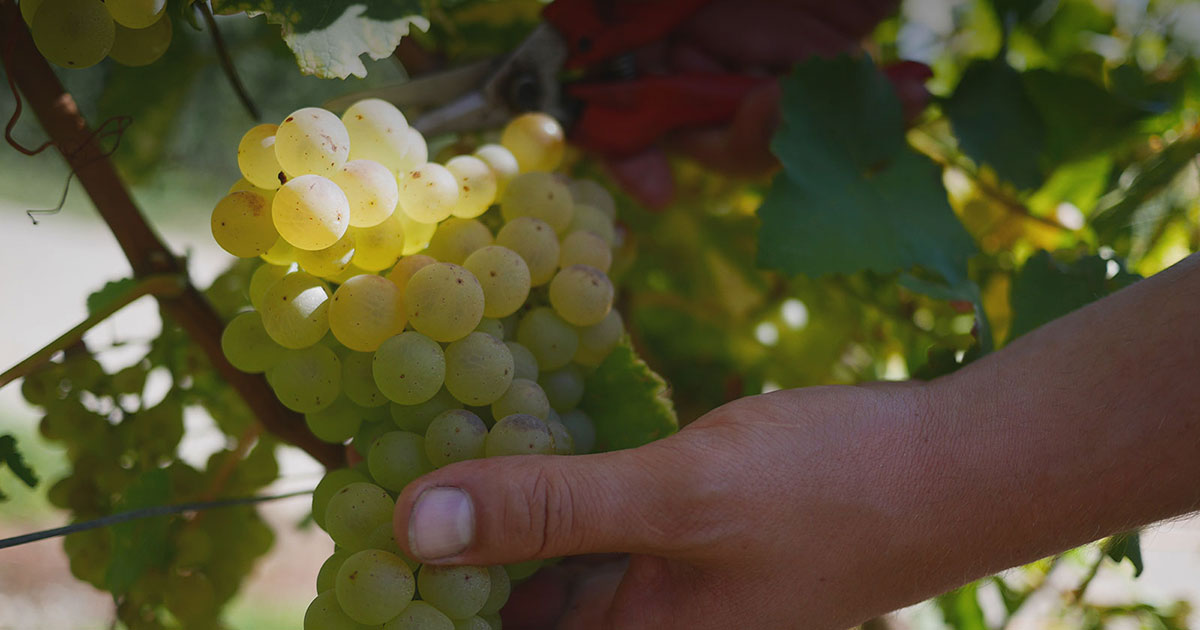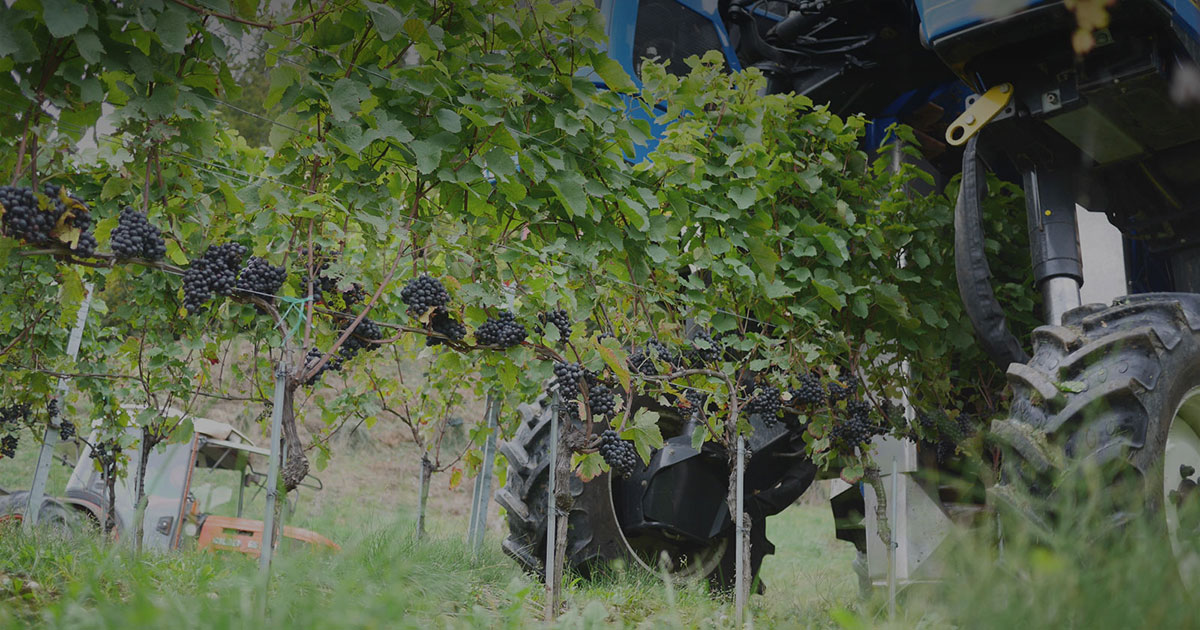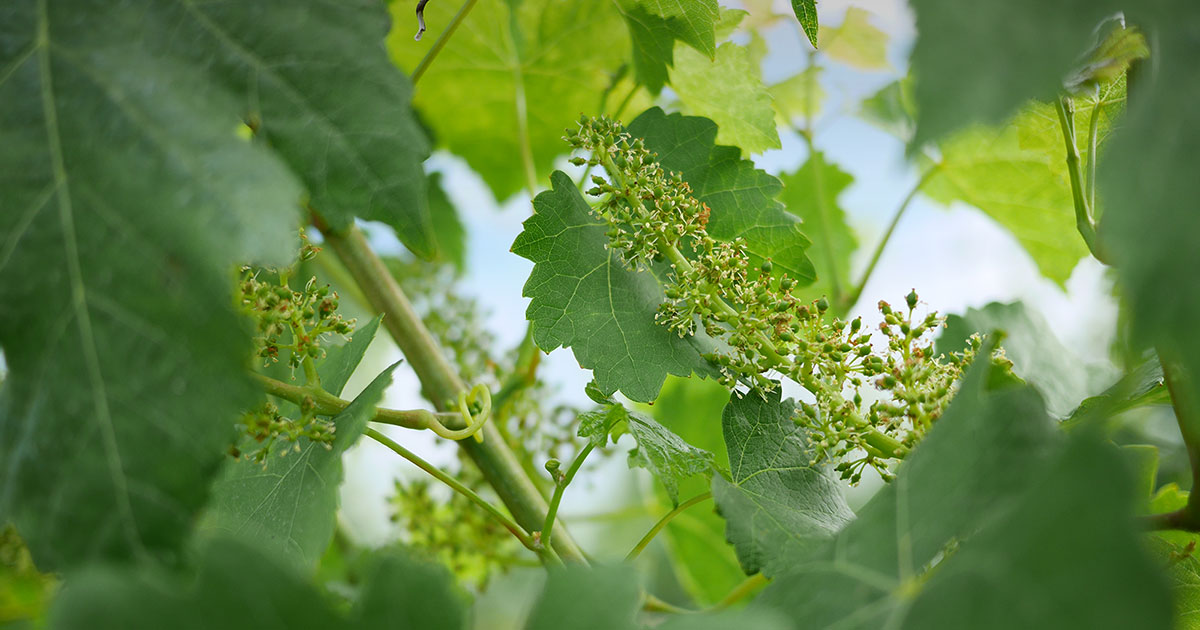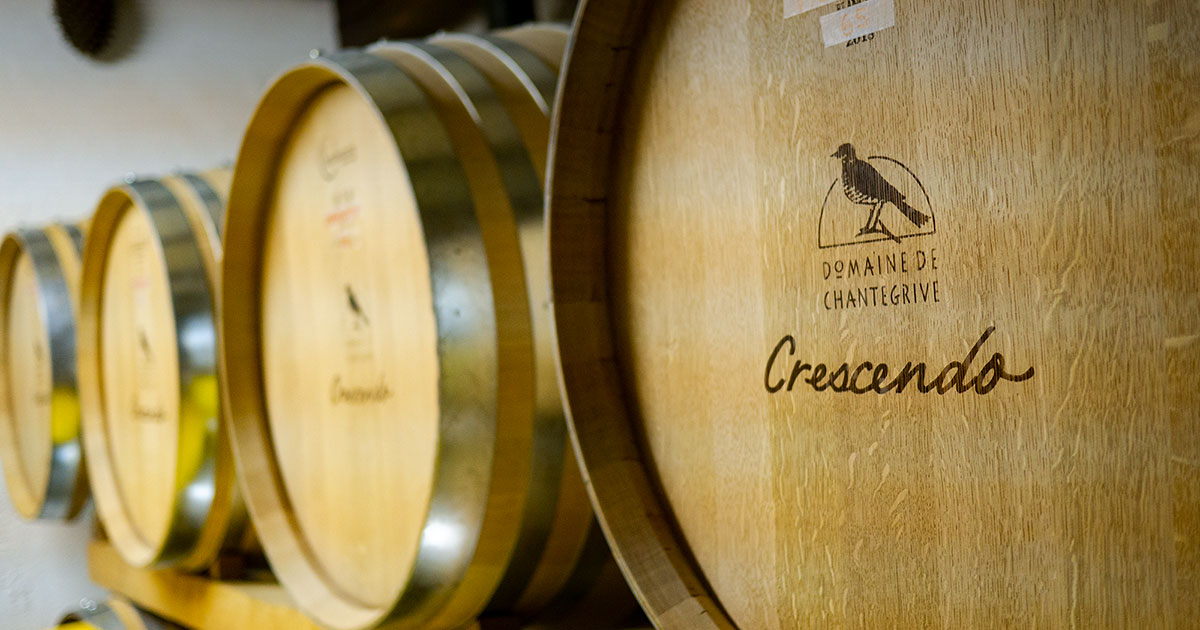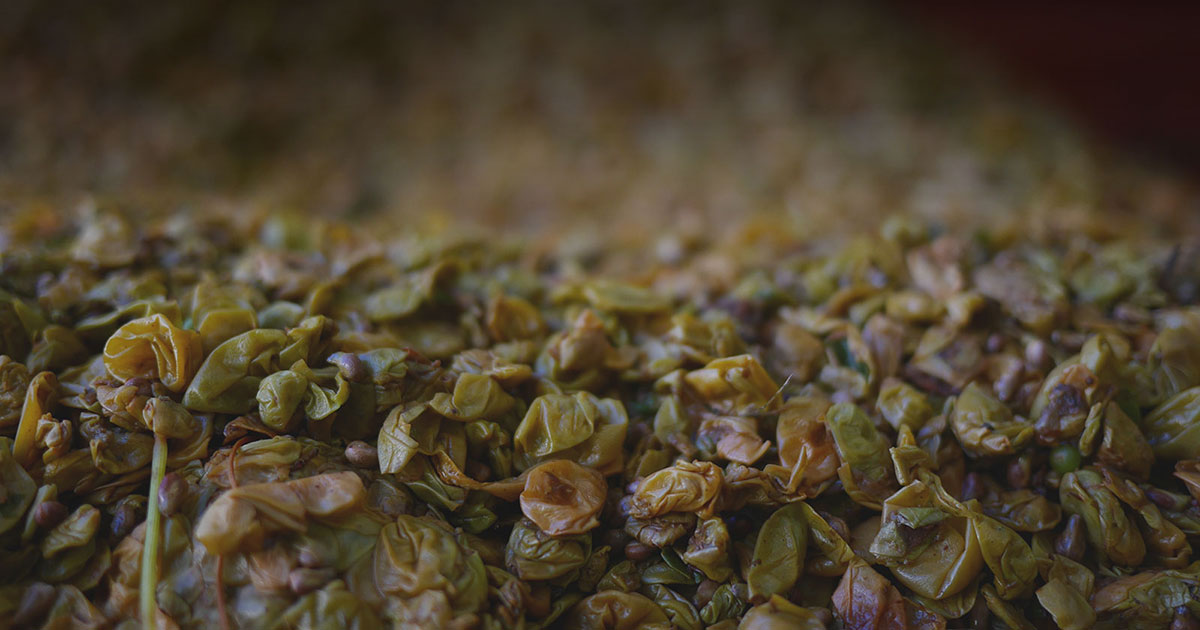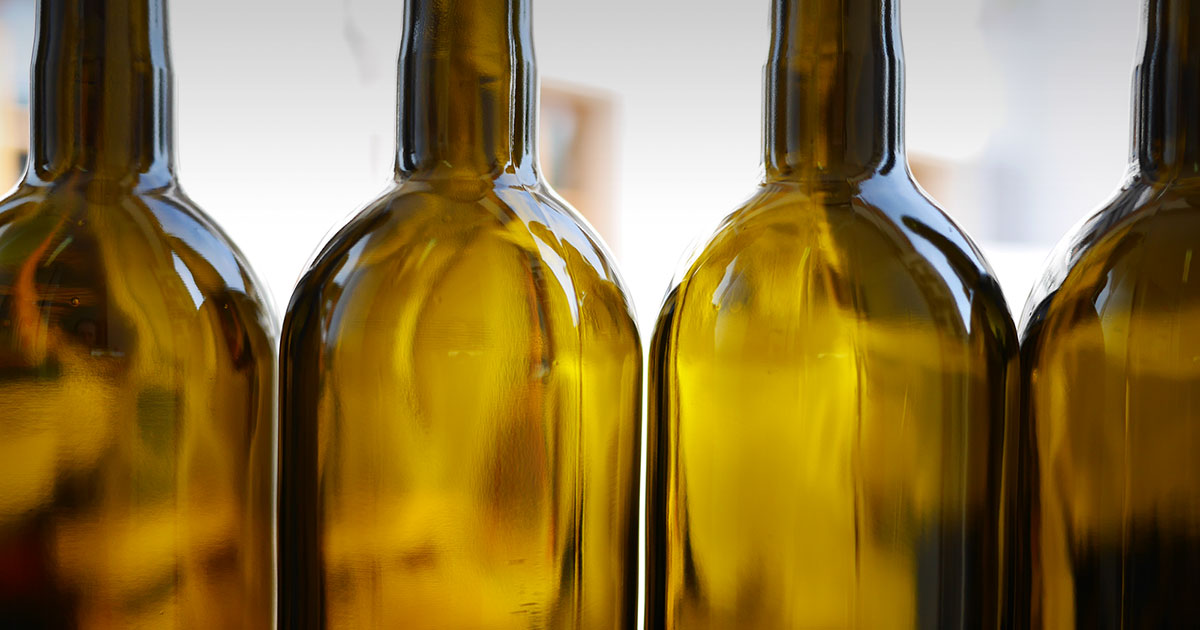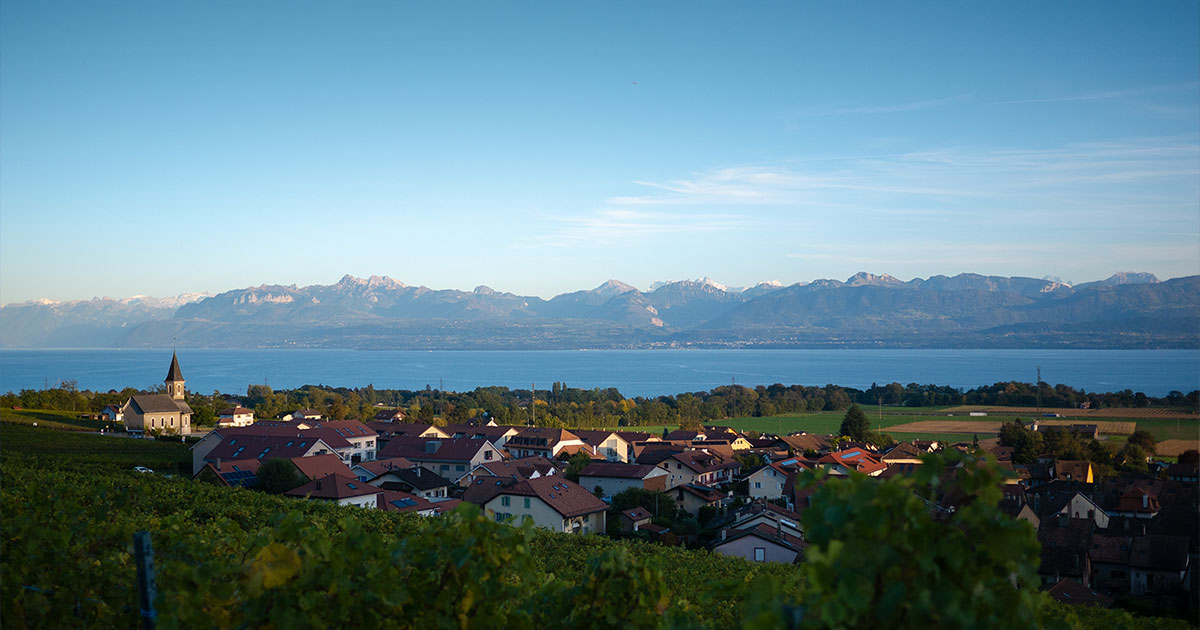Vegetative cycle
Annual growth cycle of grapevines
![]()
Bud break early spring, young shoots mid April, small flower clusters appearing in May, flowering in June, followed by fertilization, the fruit begins to form. Berries will continue growing and only at mid August.
They will change colour (from a mat green to translucent) and build up sugar. Within six days of the start of veraison the berries begin to grow dramatically as they accumulate glucose and fructose and acids begin to fall.
During this period the cane of the vine starts to ripen as well changing from green and springing to brown and hard. The vines begins to divert some of its energy production into its reserves in preparation for its next growth cycle.

Vegetative cycle
Bleeding
Bleeding occurs when the soil begins to warm and osmotic forces pushes water up from the root system of the vine and it is expelled from the cuts left over from pruning the vine. During this period a single vine can “bleed” up to 5 litres of water.
Bud break
20 to 30 days after bleeding, depending on the weather, soil and variety, tinu buds on the vine will break.
Early for the Chardonnay, in between for the Pinot Noir, and late for the Merlot.
The inflorescence
After bud break small flower clusters appear on the tips of the young shoots looking like buttons, which transform in flowers.
The flowering
Flowers appear about 8 weeks after bud break. During this period, between 10 to 20 days, the shoots are very
vulnerable to frost damage. For this reason we prefer late budding varieties on the slopes that are at risk.
Fruit set
Every fertilized flower develops a seed and grape berry to protect the seed. The amount of fertilized flowers depends a lot on the vine variety.
The growth
During 6 weeks the grains grow in volume, yet without any chemical transformation. They have very little sugar and are high in organic acids.
Veraison
This stage signals the beginning of the ripening process.
During this stage of about 7 weeks the color changing is due to the chlorofyll in the berry skin being replaced by anthocyanins (red wine grapes) and carotenoids (white wine grapes). In a process known as engustment the berries start to soften as they build up sugars. Within six days of the start of veraison, the berries begin to grow dramatically as they accumulate glucose and fructose and acids begin to fall.


